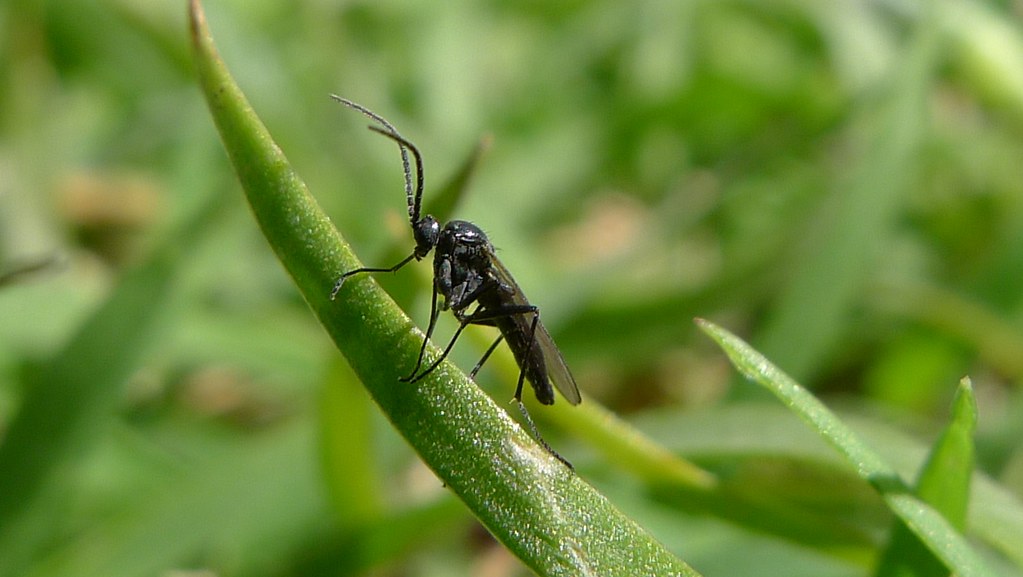Contents
- 1 How to Prevent and Treat Fungus Gnats in Houseplants
- 1.1 What Are Fungus Gnats?
- 1.2 How to Identify Fungus Gnats in Houseplants
- 1.3 How to Prevent Fungus Gnats in Houseplants
- 1.4 How to Treat Fungus Gnats in Houseplants
- 1.5 Long-Term Prevention Strategies
- 1.6 Common Mistakes to Avoid
- 1.7 Frequently Asked Questions
- 1.8 Extra Tips to Keep Houseplants Gnat-Free
- 1.9 Recommended Products
- 1.10 Outbound Resource
- 1.11 Final Thoughts
How to Prevent and Treat Fungus Gnats in Houseplants
Fungus gnats in houseplants are a common headache for indoor plant lovers. These tiny, mosquito-like insects seem harmless, but their larvae can cause significant damage to your plants’ roots and stunt growth. Learning how to prevent fungus gnats and how to treat fungus gnats effectively is essential for keeping your indoor garden thriving and beautiful.
What Are Fungus Gnats?
Fungus gnats are small, dark-colored flies that belong to the Sciaridae family. Adult fungus gnats live for about a week but can lay up to 200 eggs in damp soil. Their larvae feed on decaying organic matter and delicate plant roots, which can weaken and damage your houseplants.
Why Fungus Gnats Are a Problem for Houseplants
- Root damage: Fungus gnat larvae chew on fine root hairs, reducing the plant’s ability to absorb water and nutrients.
- Plant stress: Infested plants can become weak and more vulnerable to other pests and diseases.
- Household nuisance: Adult fungus gnats fly around your home and can be extremely annoying.
How to Identify Fungus Gnats in Houseplants
- Small black flies hovering near the soil surface or flying around your houseplants.
- Yellowing, wilting, or stunted growth despite proper watering.
- Sticky traps covered in tiny black insects.
- Visible white, thread-like larvae when inspecting soil closely.
How to Prevent Fungus Gnats in Houseplants
Let Soil Dry Out Between Waterings
Fungus gnats love damp conditions. Letting the top 2–5 cm of soil dry out helps disrupt their life cycle and discourage egg-laying.
Use Well-Draining, Sterile Potting Mix
- Always choose sterile, high-quality potting soil to minimize hidden larvae and eggs.
- Mix in perlite or sand to improve aeration and drainage.
Improve Drainage and Avoid Overwatering
- Ensure pots have adequate drainage holes.
- Use pots with saucers and remember to empty excess water.
- Avoid watering on a strict schedule; instead, check soil moisture levels first.
Add a Top Layer Barrier
- Add a 1–2 cm layer of horticultural sand or fine gravel to the soil surface. This discourages adult fungus gnats from laying eggs.
How to Treat Fungus Gnats in Houseplants
Use Yellow Sticky Traps
Sticky traps attract and capture adult fungus gnats, reducing their population and breaking the breeding cycle.
Apply Beneficial Nematodes
These microscopic worms target fungus gnat larvae in the soil and destroy them naturally without harming your plants.
Hydrogen Peroxide Soil Drench
Mix one part 3% hydrogen peroxide with four parts water. Water your houseplants with this solution to kill larvae effectively while being safe for roots when used correctly.
Cinnamon as a Natural Fungicide
Sprinkle cinnamon powder on the soil surface. Cinnamon has antifungal properties and can help reduce fungus gnat larvae.
Long-Term Prevention Strategies
- Quarantine new plants for at least one week before adding them to your indoor collection.
- Regularly inspect the underside of leaves and soil surface.
- Clean pots and trays between uses to eliminate residual eggs and larvae.
- Rotate plants and ensure they receive sufficient air circulation to discourage pests.
Common Mistakes to Avoid
- Ignoring early signs of fungus gnats: Early intervention is key to preventing serious infestations.
- Overwatering and poor drainage: The most common cause of fungus gnats in houseplants.
- Using garden soil indoors: Often carries eggs, larvae, and pathogens.
Frequently Asked Questions
Can fungus gnats kill my houseplants? Severe infestations can seriously weaken or kill young or delicate plants. Quick action is essential.
How long does it take to eliminate fungus gnats? With proper treatment, most infestations can be controlled in 2–4 weeks.
Are fungus gnats harmful to humans? No, they do not bite or harm humans directly but are a nuisance indoors.
Can I reuse soil after an infestation? It’s best to discard infested soil or sterilize it thoroughly before reuse to prevent reinfestation.
Extra Tips to Keep Houseplants Gnat-Free
- Use sticky traps proactively as a monitoring tool.
- Cover drainage holes with mesh to prevent gnats from entering from below.
- Install small fans nearby to reduce stagnant air and discourage gnats.
- Water from the bottom occasionally to keep the top soil layer drier.
Recommended Products
- Yellow Sticky Traps for Gnats – Amazon.co.uk
- Beneficial Nematodes for Soil Pests – Amazon.co.uk
- Horticultural Sand – Amazon.co.uk
Outbound Resource
Learn more in this Wikipedia article on fungus gnats.
Final Thoughts
Dealing with fungus gnats in houseplants doesn’t have to be a nightmare. With early intervention, proper watering practices, and proactive prevention techniques, you can eliminate fungus gnats and keep your indoor jungle thriving. Consistency and vigilance are key to stopping these pests before they take over.
Take action today and enjoy a healthier, pest-free indoor plant collection!

